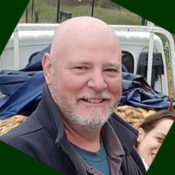What is it like to spend two weeks around lions in Africa? CCTV America’s editor Chris Bach recently made the trip and brought back this story and images of his experiences.
“Travel makes one modest. You see what a tiny place you occupy in the world” – Gustave Flaubert

Before I set out on my holiday to volunteer at Antelope Park, located about 15 kilometers (over 9 miles) outside of Gweru, Zimbabwe, my mindset was, “I’m going to go walk and play with lions for 2 weeks!!” And then I arrived. I was so wrong, but in the best possible way. 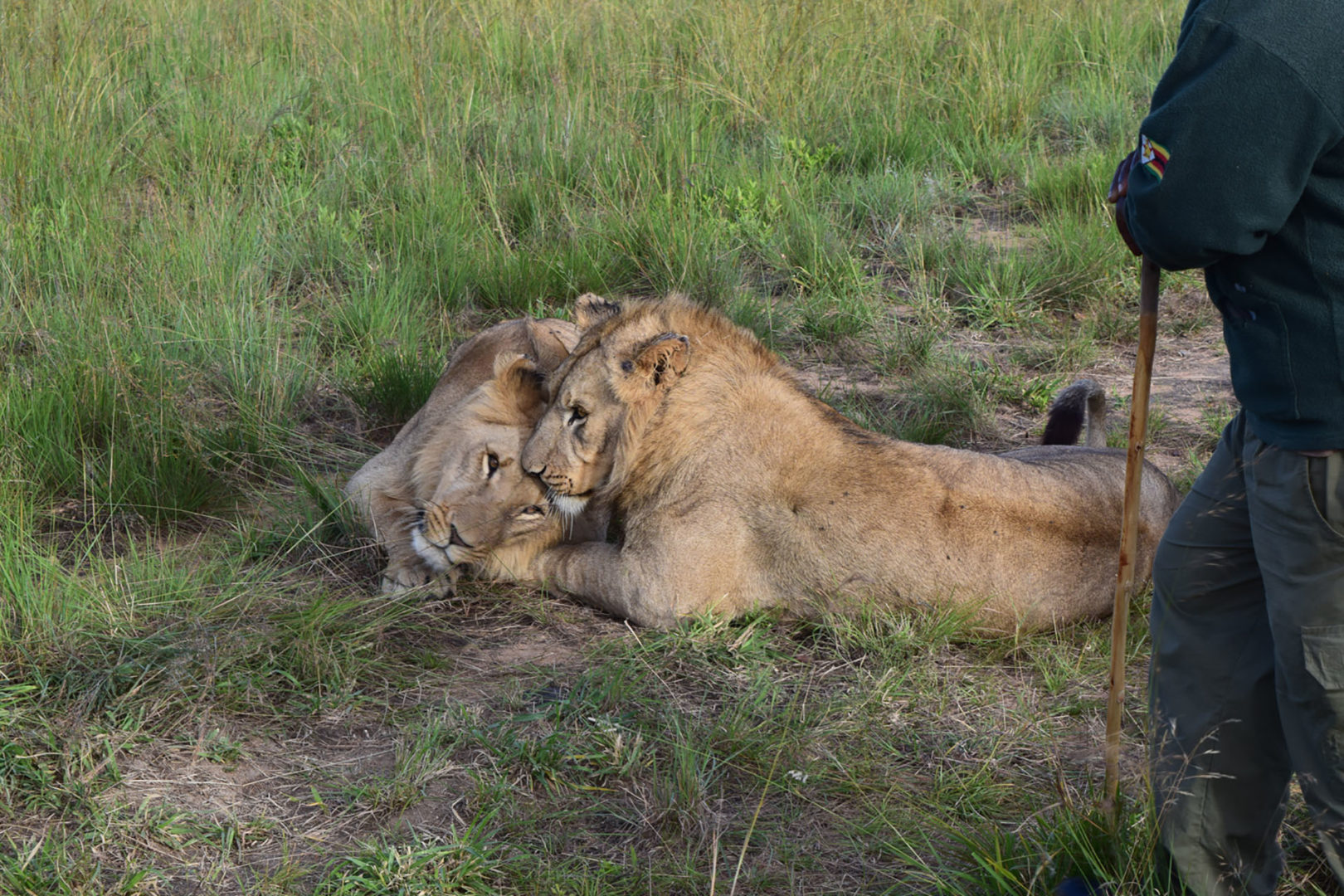
Some quick background. Lions are a symbol of Africa and their conservation status is listed as “vulnerable.” Their populations are decreasing. Since 1975 Africa has lost 80-90 percent of its lion population. Out of 54 countries in Africa, the lion is now extinct in 26.
Think about that for a moment. It should upset you. There are several reasons for this decline, but not limited solely to big game hunters seeking trophies. The most prominent reason, though, IS Man. As the human population has expanded, the available living space for lions and their prey has decreased. The lions are forced to move. Farmers and ranchers take over the land and the lion’s food sources are pushed out as well. 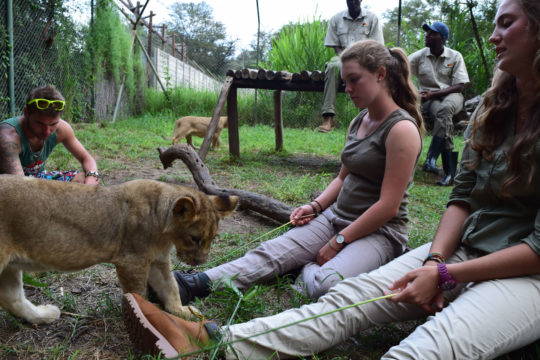
Lions are forced into living closer to man and now find new prey in the form of herds of sheep and cattle. This creates conflict between the rancher and the lions as man now is forced to defend his property, which results in the killing of lions. If a resolution is not reached, the African lion is facing extinction from the wild within the next 40 years.
This is where the people at ALERT (African Lion and Environmental Research Trust) and Antelope Park come in. Founded in 2005, this nonprofit was created to stop the decrease in the lion population by introducing the wild-born offspring of rehabilitated captive bred lions back into the wild.
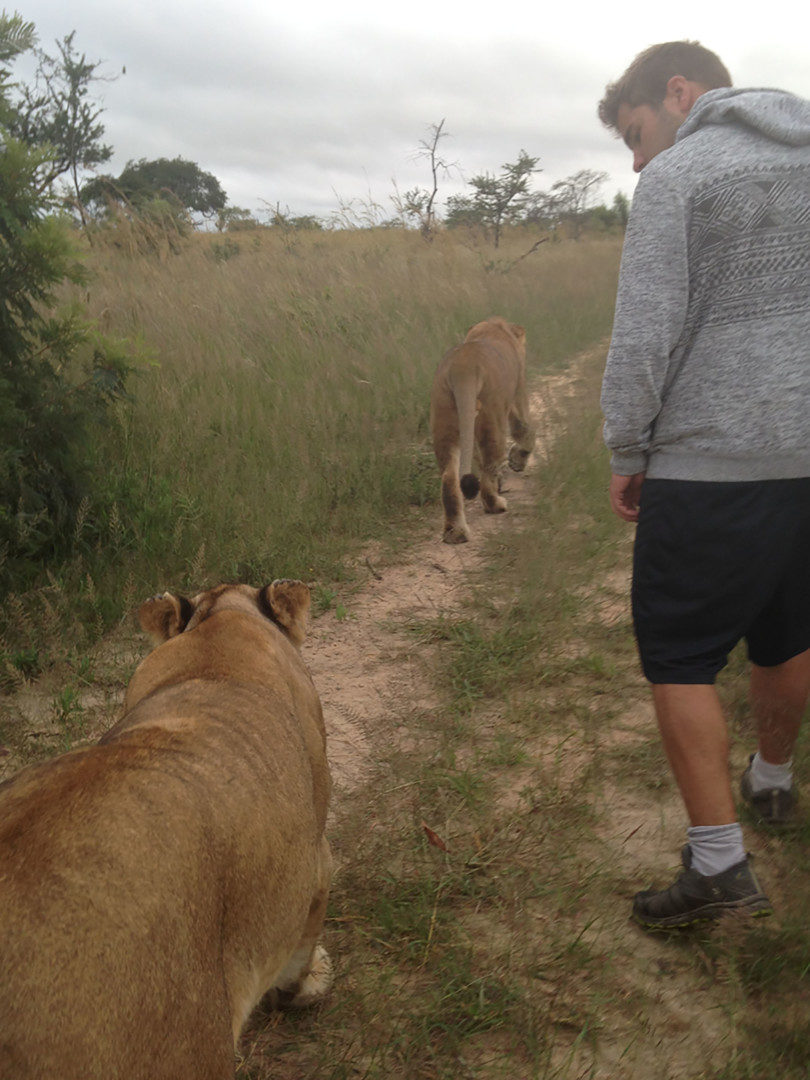
But breeding and releasing is not the complete answer. In order for the project to work, the local populations need to be educated on the benefits of having lions in their proximity. And how lions provide an important role in the food chain and help with biodiversity.
So here’s where I, and other volunteers come in. Through African Impact, a volunteer travel organization, volunteers from around the globe give up their time to come and assist with this goal. Volunteers directly help at sites like Antelope Park with the care of lions, and more importantly, take the conservation goal home to share with friends and family, and even other organizations who might be able to contribute financially to achieving this goal.
Volunteers came from all across the world. From Canada to Australia, Norway to Italy to Brazil and other places. For example, Bartolomeo came from Italy in January, has extended his stay several times, and was still there when I left recently. Being at Antelope Park grabs you and holds you.

The key word, I think, in African Impact is “Impact.” It hits you what this conservation program is all about that first moment you get up on that first morning and go out to walk a pair of lions. Side-by-side. You. A few other volunteers and guides. And lions.
It is one of the most exhilarating, awe-inspiring things one can experience. And they are looking to you, viewing you as part of their pride, to walk with them. 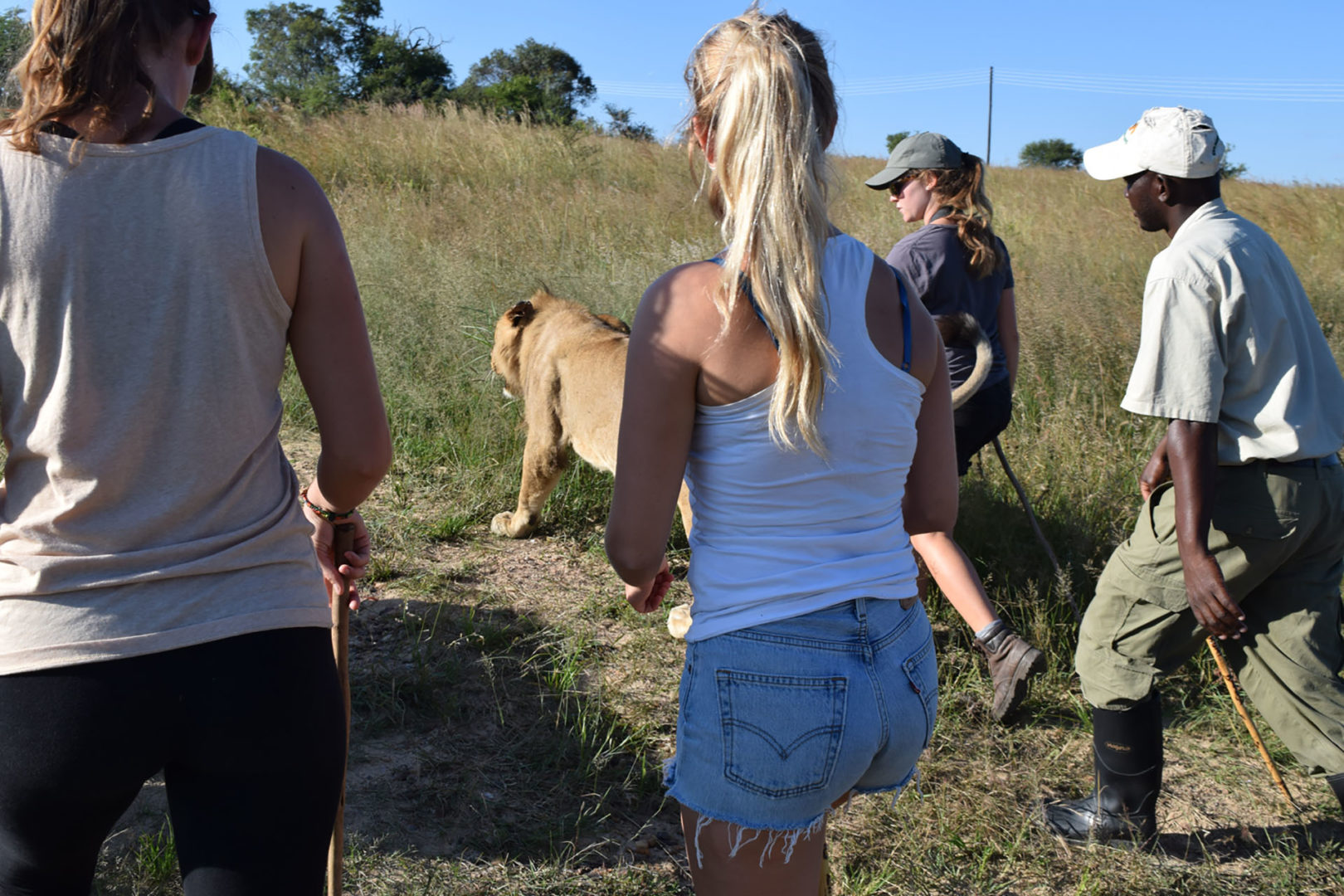
“They are such majestic animals. From outside it can look like such a tourist thing to do, but you did make a difference when walking with them. When they set off to chase a zebra or another animal in the park, they were looking behind them, checking that the rest of their pride, namely you and the other volunteers, were there for support,” says Erica, a volunteer from Norway. 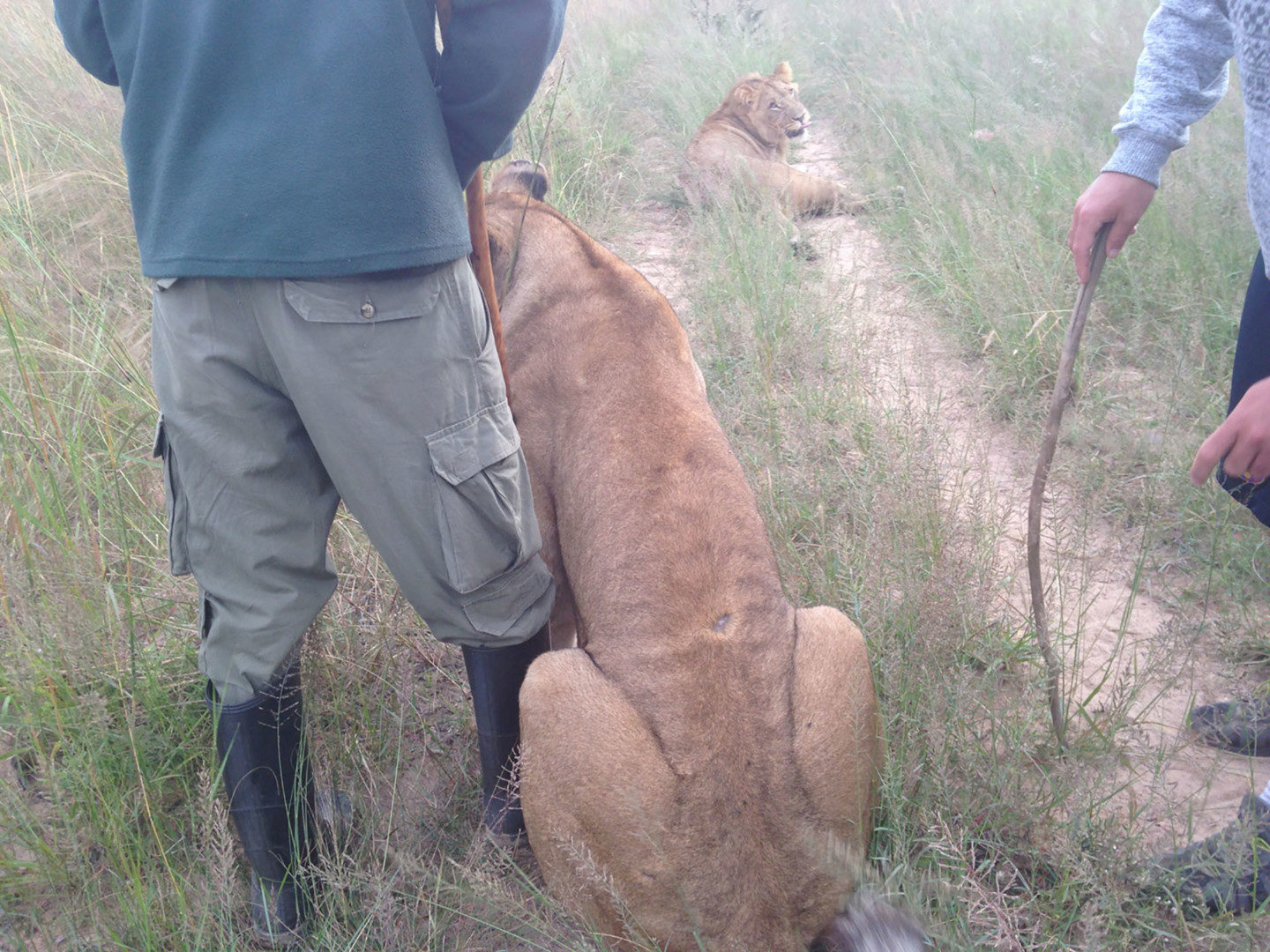
It can’t help but change you and your outlook on life.
“Waking up to see such pure things as the sunrise or being with animals makes me feel happy! Being there helped me to see who I can be. I’m someone else after this experience, I think it made me grow!” said Angelique, a volunteer from Mauritius.
And she was right. It changes your perspective on things. All things. Plus, you know that you are, in fact, doing some good in the world. Being a part of the process to get this species back on its feet.
Now, don’t be fooled. It’s not all taking the lions out for morning and afternoon walks. There is work to be done, too. The lions need to be fed. The truckload of carcasses in the photo below would feed dozens of lions. Enclosures get “dirty” after feeding. Water troughs empty and need refilling. Platforms that lions lounge on require maintenance.

Volunteers pose by “lunch” for the lions. They feed on cattle, impala and chickens.
But even after a day of hauling barrels of meat to enclosures, walking lions, or riding on bumpy roads to and fro, no matter how worn out – the sense of accomplishment is immeasurable. And there are other rewards, too.
In addition to the juvenile lions you take for walks, there are also the cubs. Little balls of cuteness that are learning to be around humans to eventually graduate to prides of their own. “Cub sits” are just that and are just as amazing. They talk. They play with each other. If you’re lucky, they come to you for some attention as well. 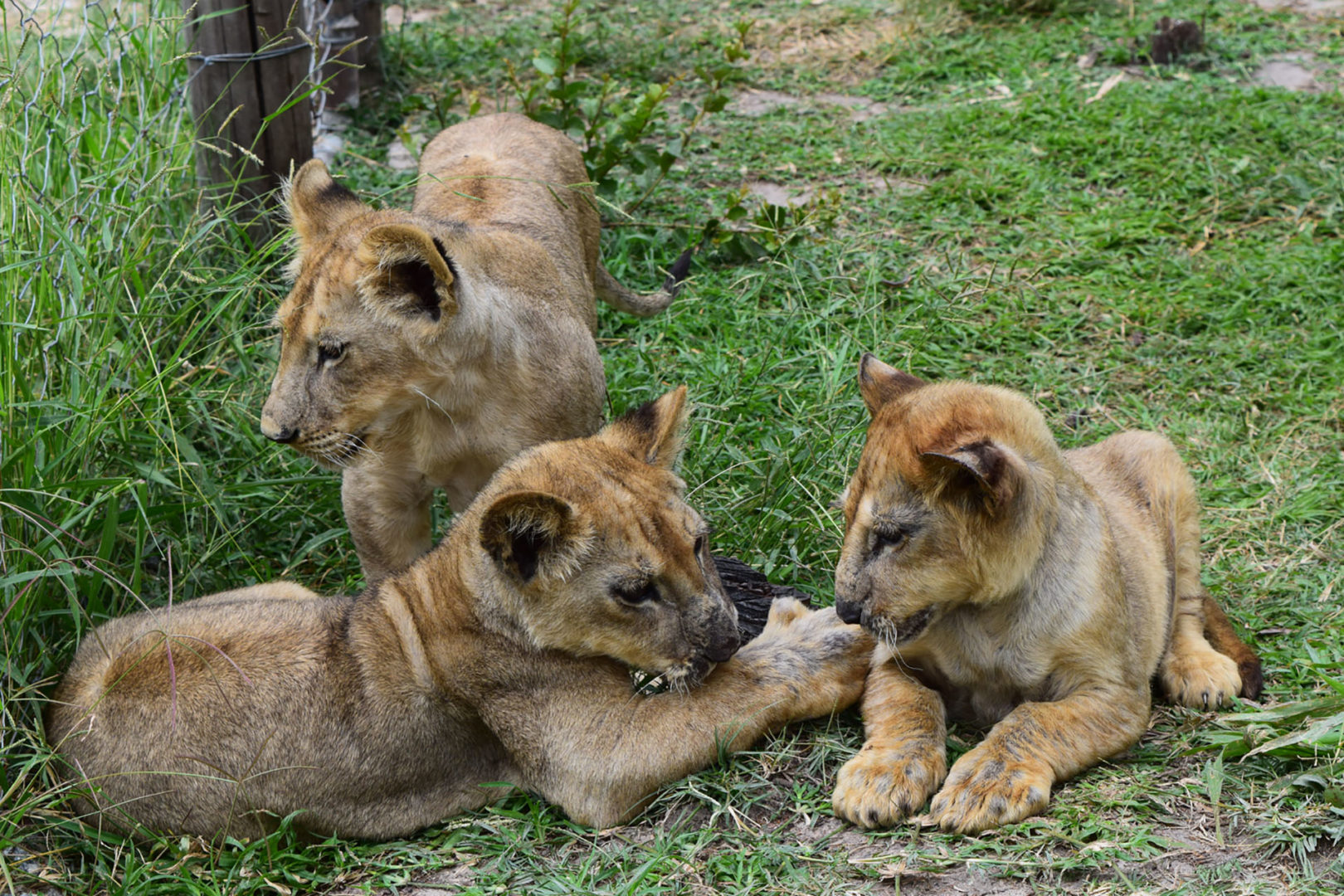
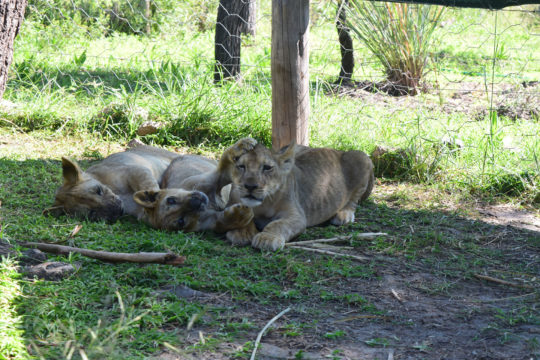
It’s all part of a well laid out plan that is hopefully nearing its first success story. The re-introduction into the wild of the first wild-born offspring of these captive bred lions is nearing. If it can be successfully accomplished, it will be the beginning of something great. More cubs will be bred and more prides created and the population will increase and hopefully the tag of “vulnerable” will be removed in the years to come.
Also with the success comes the world-wide exposure that this is a workable plan. The world will take notice. Hopefully there will be people across the globe who, if they cannot volunteer their time, can assist financially.
Money coming in helps to secure food for the lions. Tools and supplies to help maintain habitats. Cover the costs of veterinary bills and transportation of new prides to other parts of not only Zimbabwe, but other parts of the continent. It also allows for more programs to be set up in other African nations to follow this same model, which increases opportunities for more volunteers. More education. More IMPACT. More amazing, life-changing experiences. And who knows? Maybe the next volunteer can be YOU? All you have to do is make the time and go. You might meet some amazing people and animals along the way. I did. 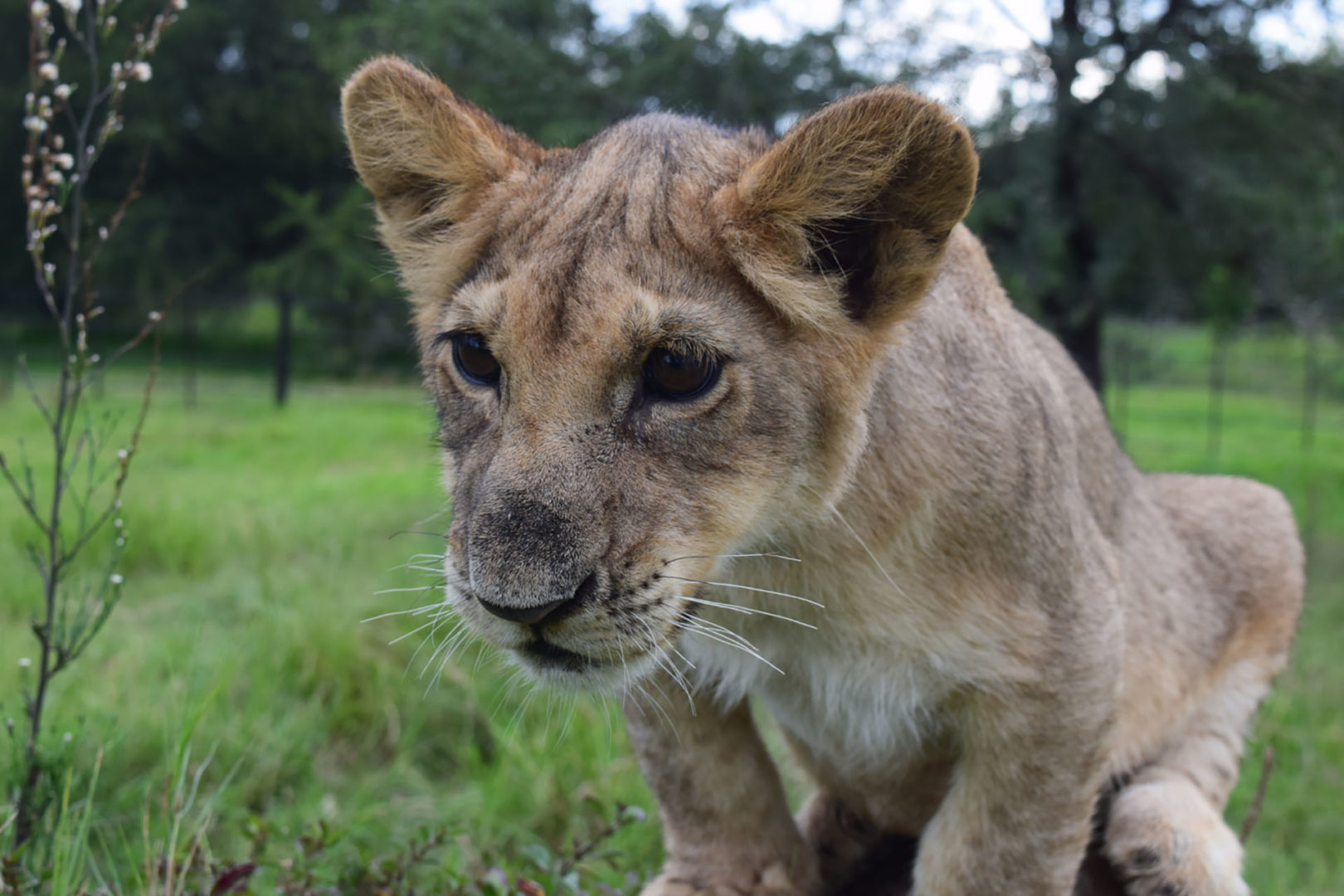
“Twenty years from now you will be more disappointed by the things you didn’t do than by the ones you did do. So throw off the bowlines, sail away from the safe harbor. Catch the trade winds in your sails. Explore. Dream. Discover.” – Mark Twain
If you would like to volunteer at, help financially, or learn more about Antelope Park, visit http://www.africanimpact.com/ and www.antelopepark.co.zw/ or for more on the other conservation projects go to http://lionalert.org/


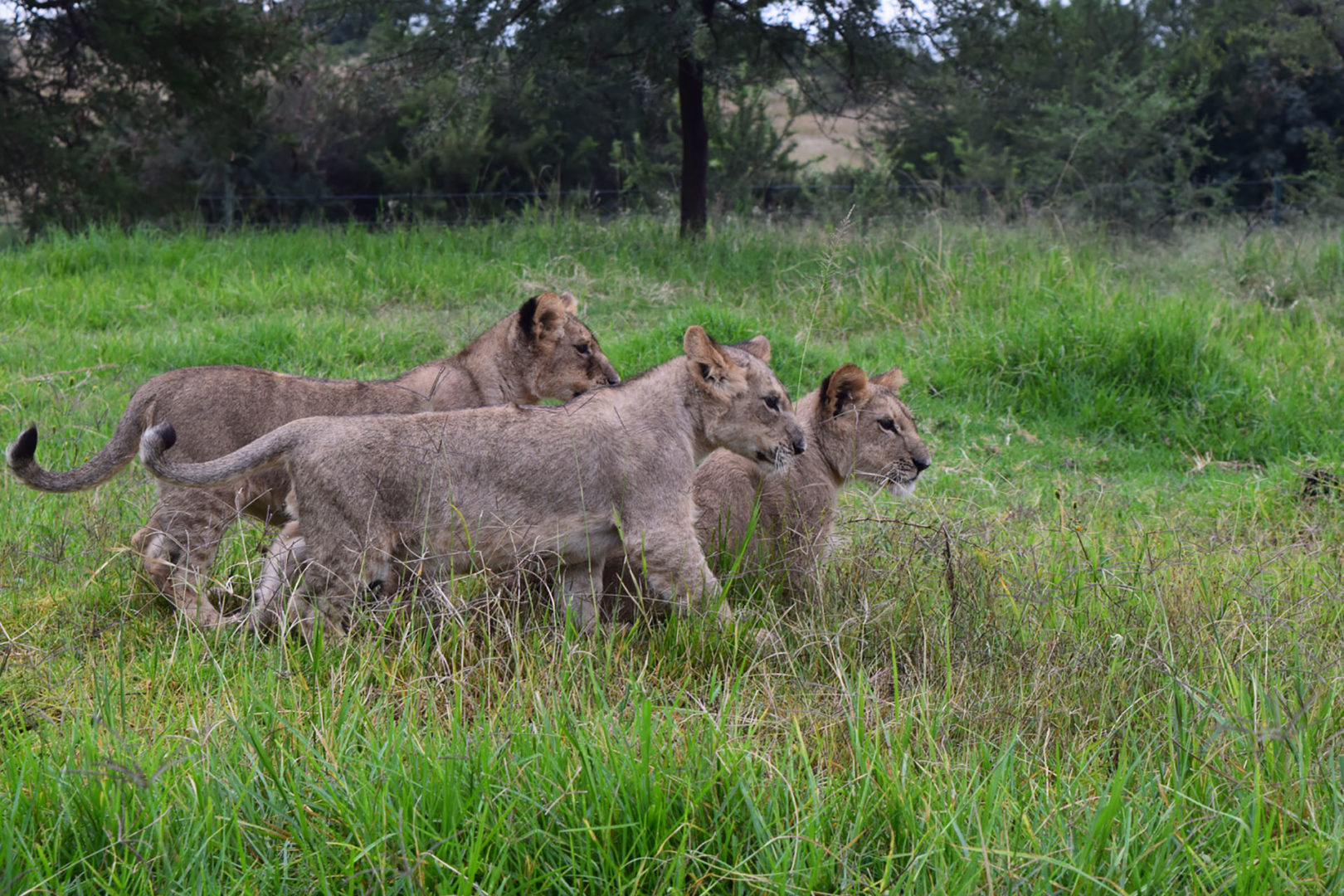

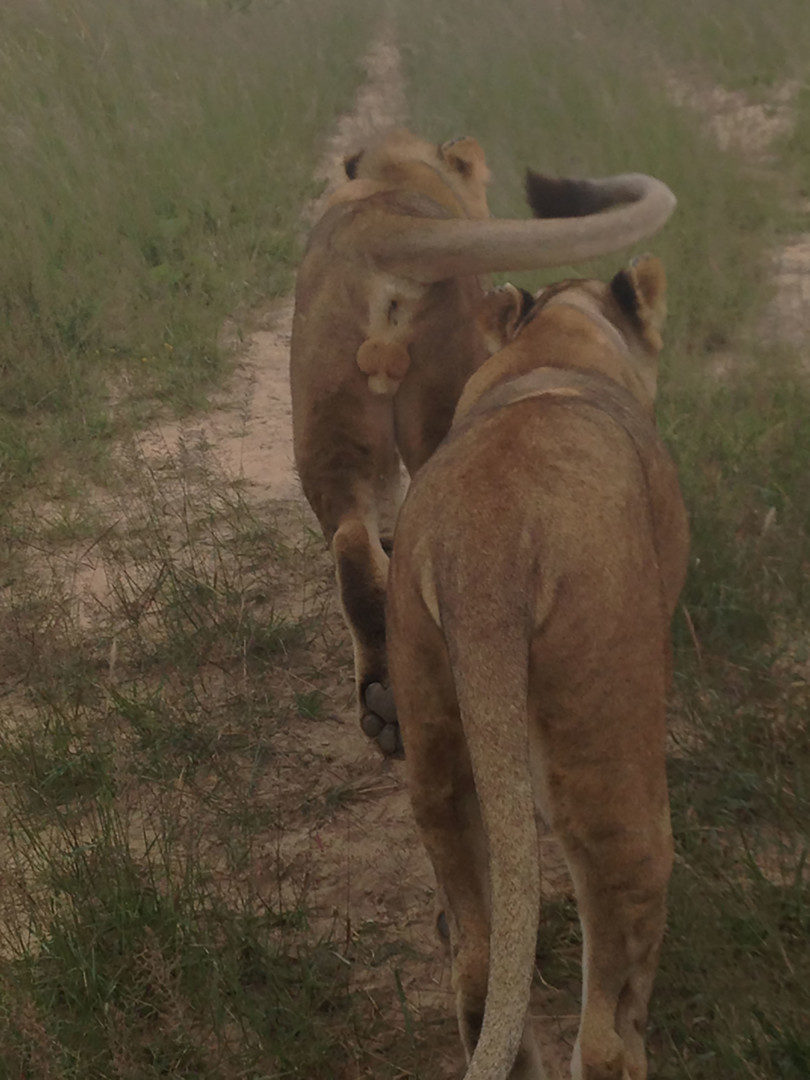
 CGTN America
CGTN America